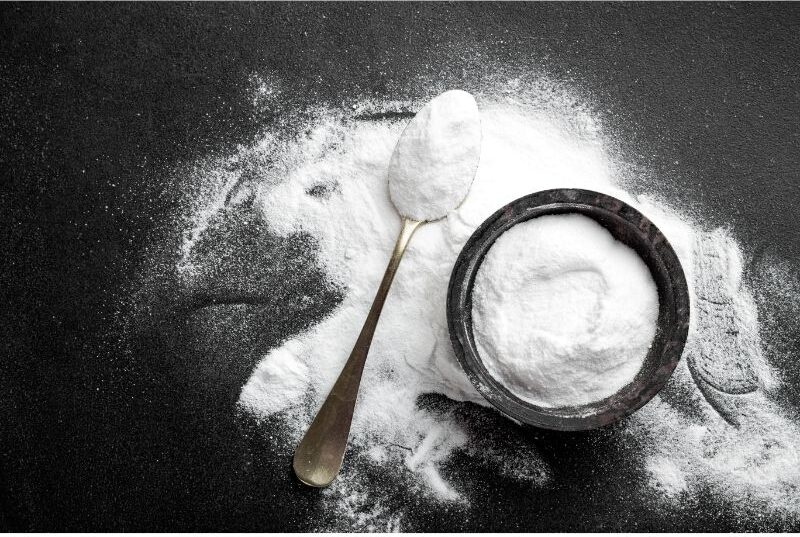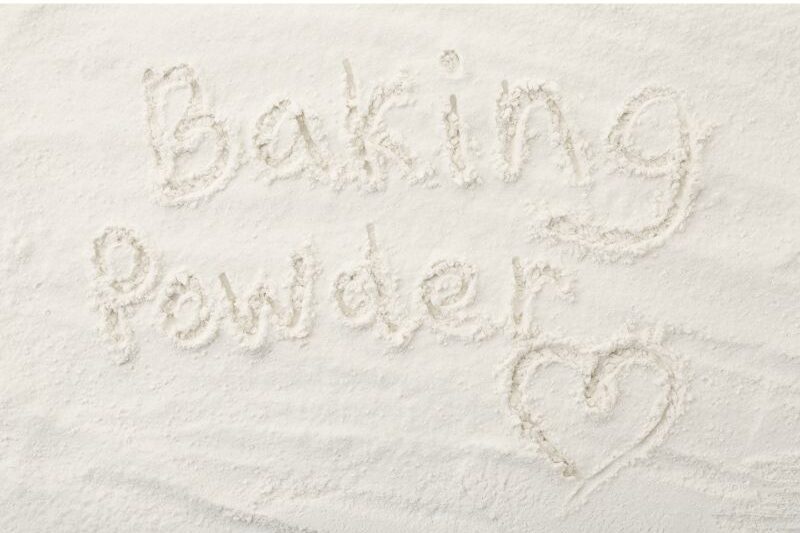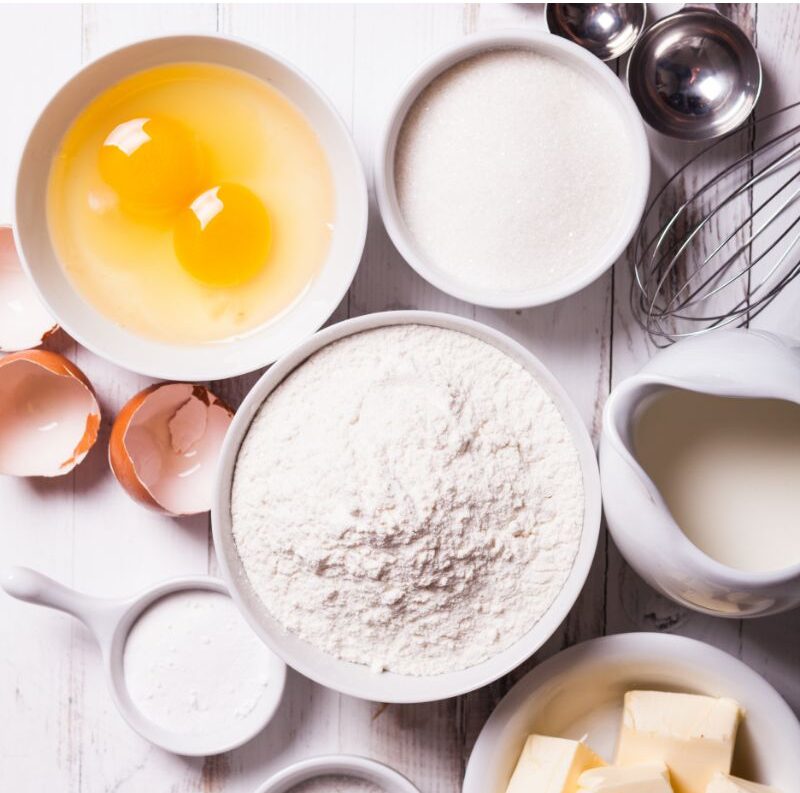Essential Leavening Agents in Cooking and Baking
Baking Soda and Baking Powder is something I have always been oddly fascinated with and never really understood them, until I started having my girls ask me when baking, what each of them are and why we need them… So I did a little digging. When it comes to baking, the magic often lies in the chemistry. Two of the most common yet sometimes confusing ingredients are baking soda and baking powder. Though they might look similar and are often used in similar recipes, they perform distinct roles and are not interchangeable. Understanding the difference between these two leavening agents is crucial for successful cooking and baking. Here’s a breakdown of what each is, how they work, and their specific uses in the kitchen.
What is Baking Soda?
Chemical Composition: Baking soda is pure sodium bicarbonate, a white crystalline powder that is naturally alkaline.
How It Works: When combined with an acid and a liquid, baking soda reacts to produce carbon dioxide gas. This gas forms bubbles, causing the dough or batter to rise and become light and fluffy. The reaction starts immediately upon mixing, so it’s important to bake the batter promptly to capture the gas within the structure of the baked good.

Common Acids Used with Baking Soda:
- Lemon juice
- Buttermilk
- Vinegar
- Yogurt
- Cream of tartar
Uses in Baking and Cooking:
- Cookies and Muffins: Baking soda helps create a tender crumb and is often used in recipes with acidic ingredients.
- Pancakes: To achieve a light and fluffy texture.
- Biscuits and Quick Breads: Helps them rise and expand.
Example Recipe: Classic Chocolate Chip Cookies
- Ingredients often include baking soda along with brown sugar (which contains molasses, an acid) to help the cookies rise and spread correctly.
What is Baking Powder?
Chemical Composition- Baking powder contains sodium bicarbonate (baking soda) but also includes an acid, usually cream of tartar, and a moisture-absorbing agent like cornstarch.
How It Works- Baking powder is a complete leavening system. It contains both the alkaline baking soda and the acid needed to produce carbon dioxide gas. When mixed with a liquid, the acid and base react to form bubbles of gas, causing the batter to rise. Most baking powders are double-acting, meaning they release gas upon mixing and again when exposed to heat.

Uses in Baking and Cooking:
- Cakes: Provides a consistent rise, resulting in a soft and airy texture.
- Bread and Scones: Ensures uniform texture and lift.
- Pancakes and Waffles: Produces a fluffy, light texture without the need for additional acidic ingredients.
Example Recipe: Fluffy Pancakes
- Uses baking powder to ensure they rise properly, giving them a light and airy texture.
Key Differences and When to Use Each:
Acid Requirement:
Baking Soda: Requires an acidic component in the recipe to activate it.
Baking Powder: Contains its own acid, so it doesn’t need any additional acidic ingredients.
Strength and Reactivity:
Baking Soda: Stronger and more immediate reaction; provides a quicker rise.
Baking Powder: Less powerful but more balanced and sustained rise, especially double-acting powder which works in two phases.
Taste and Texture:
Baking Soda: Can impart a slightly metallic taste if not neutralized by enough acid. It also contributes to browning.
Baking Powder: More neutral in flavor but can sometimes add a slight bitterness if overused.
Practical Tips
Substituting Baking Powder for Baking Soda:
– Since baking powder contains baking soda, you can use it in place of baking soda but you’ll need more of it (about three times as much) to achieve the same effect. However, this can alter the taste and texture due to the additional ingredients.
Substituting Baking Soda for Baking Powder:
– This is trickier because baking soda lacks the acid component. You’ll need to add an acid to the recipe to make this substitution work.

Testing Freshness:
Baking Soda: Mix with vinegar; it should bubble vigorously if fresh.
Baking Powder: Mix with hot water; it should bubble vigorously if fresh.
Epilogue:
Understanding the differences between baking soda and baking powder is essential for any home baker. Each has unique properties and specific uses that can affect the outcome of your baked goods. By knowing when and how to use these leavening agents, you can ensure your cakes, cookies, breads, and other treats turn out perfectly every time.
Happy baking!
Shop this post:
**This post may contain affiliate links, which means I make a small commission at not extra cost to you**
Interesting and informative!